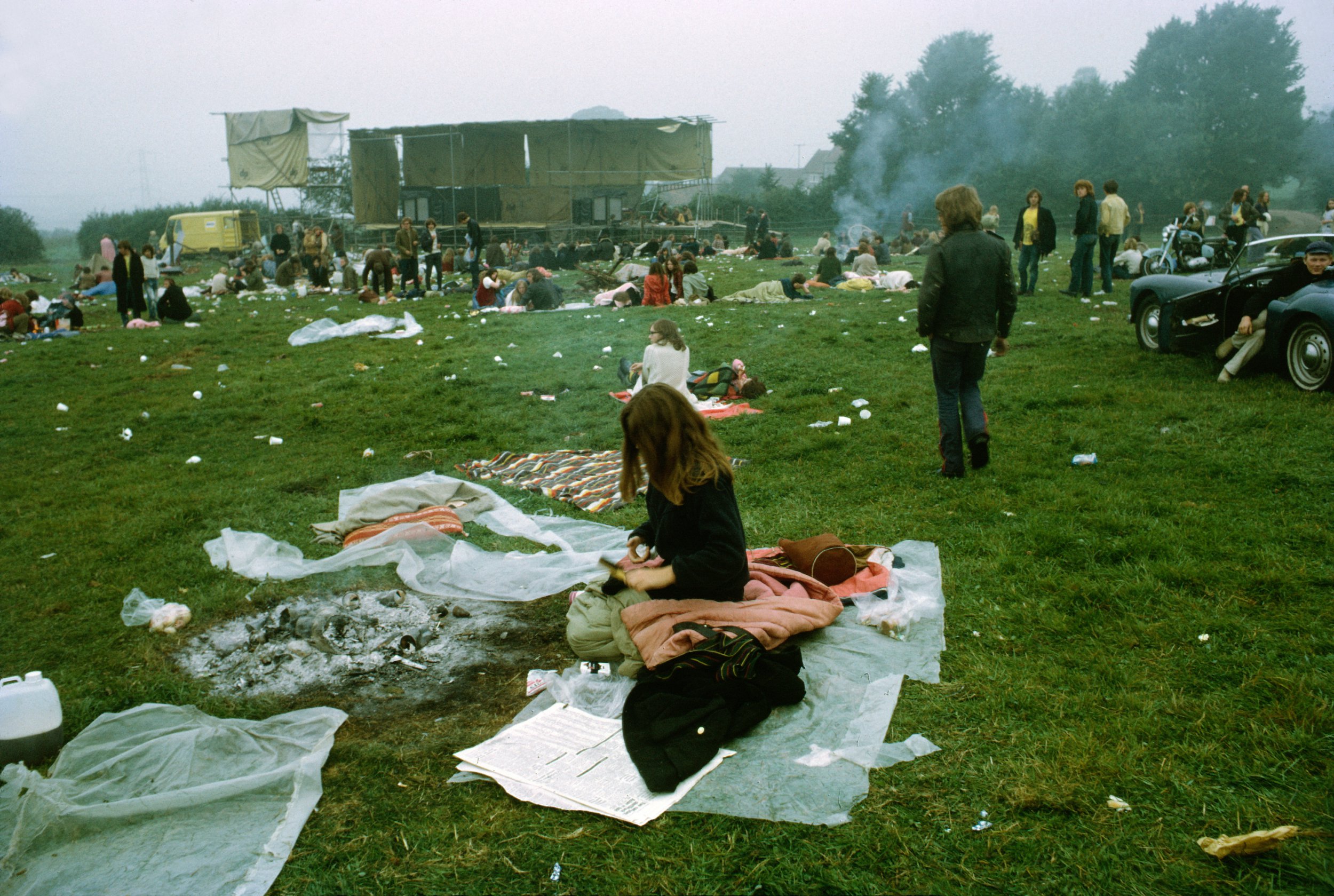
Nowadays tickets to Festival sell out in minutes and can set you back a few hundred pounds, but it had much more humble beginnings.
When the 1,500 festival-goers rocked up to in 1970, which got them free camping and a free glass of milk.
It’s hard to believe that just half a century ago, Glasto was a small festival finding its feet with the ditching their slot.
Over 50 years later, Somerset plays host to a whopping 210,000 people and the farm becomes the seventh largest city in the UK for its duration.
Incredible artists from to to this year’s legend have all graced the now iconic Pyramid Stage.
The festival is so big now that artists have lamented to come up with viral moments for their sets, even if they’re not headlining.
In honour of Glastonbury 2024, which features a stellar headline act line-up of Coldplay, SZA and Dua Lipa, we take a trip down memory lane to peek at the festival that started it all.
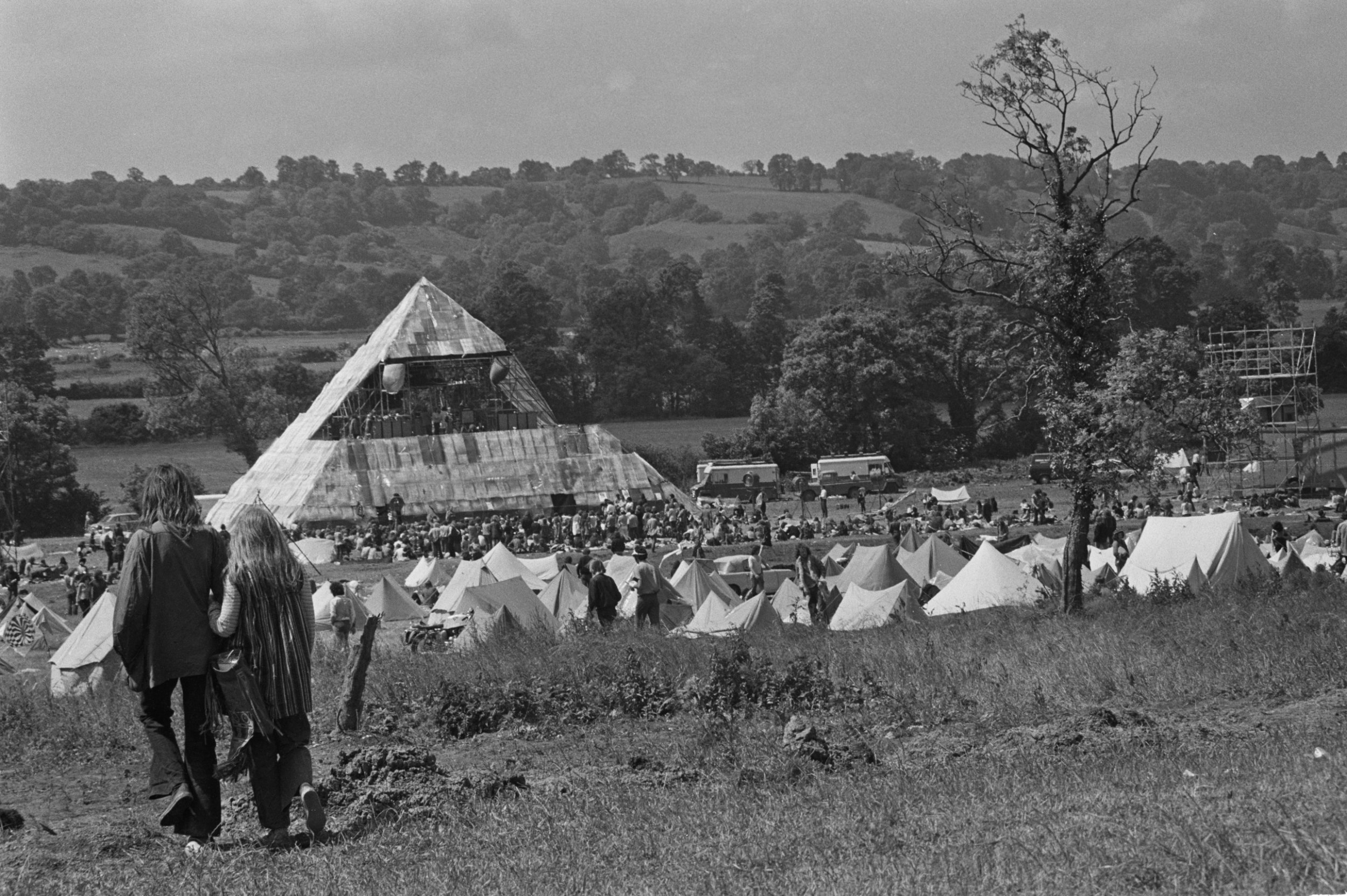
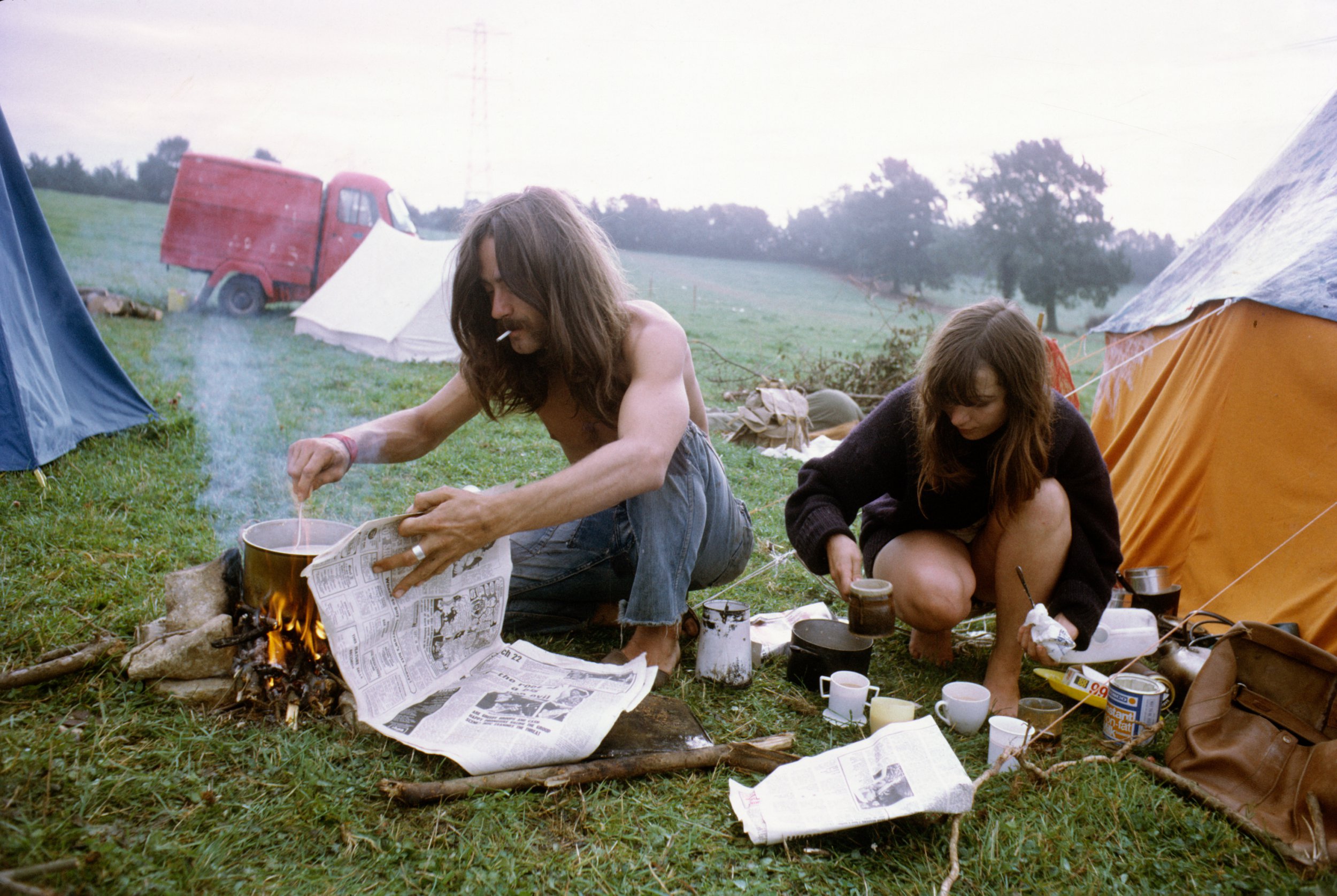
When was the first Glastonbury held?
Over the years, Glastonbury has shifted to a much earlier — and theoretically less rainy — time of year, but originally it took place in September.
Glastonbury, then called Pop, Folk, and Blues, was held on September 19, 1970, the day after guitar legend Jimi Hendrix died.
Founders Michael and Jean Eavis were inspired by the Bath Festival of Blues and Progressive Music, as well as the success of the Isle of Wright and Woodstock festivals.
They opened up their working farm to the public for two days and a tradition of epic proportions was born.
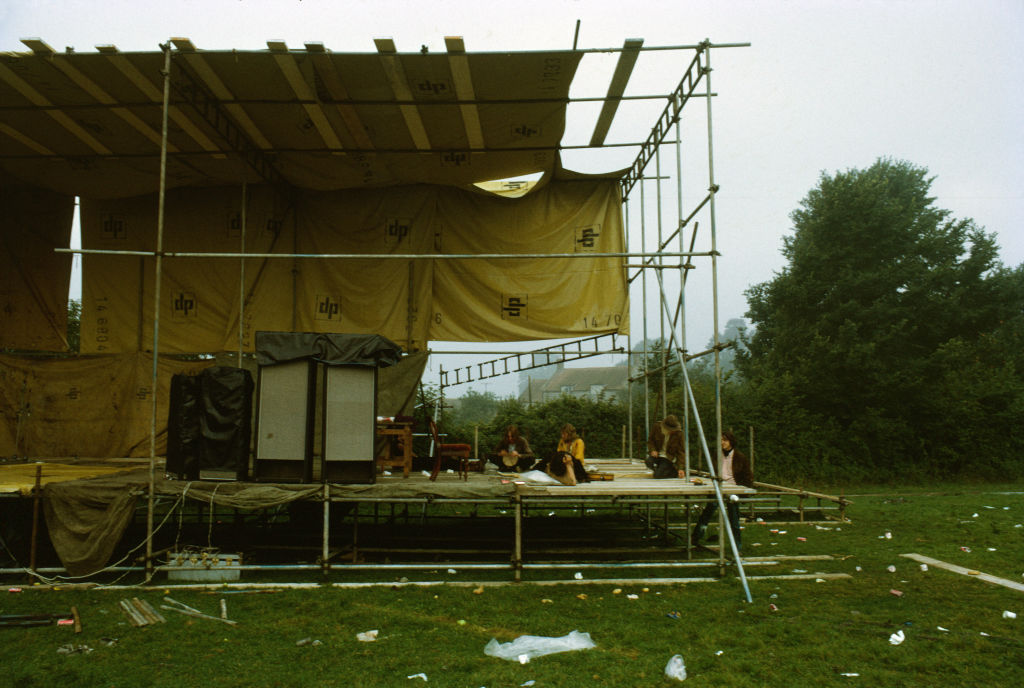
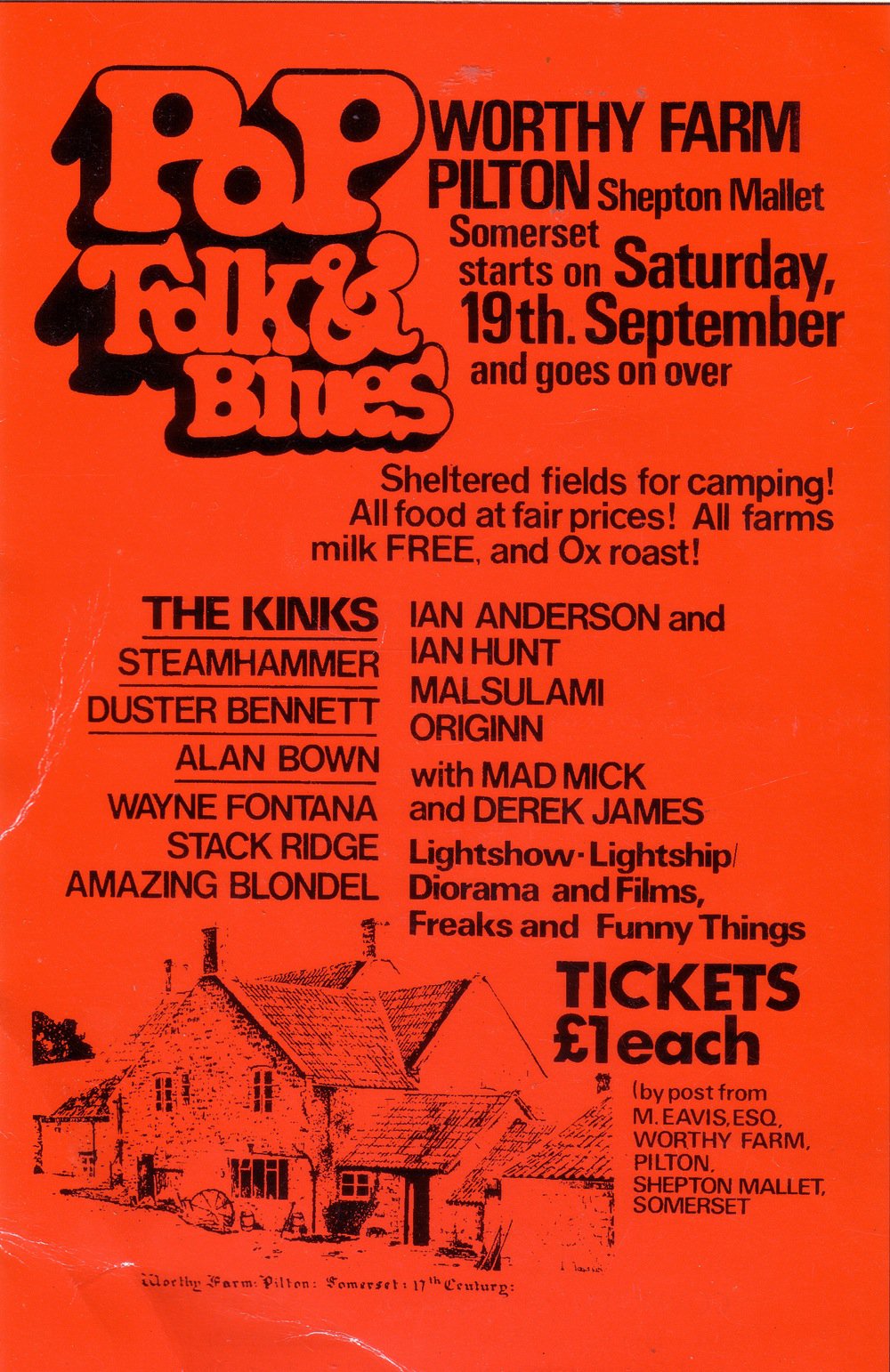
It was in 1971 that the festival was renamed Glastonbury Fayre and the date was changed to coincide with summer solstice in June.
Describing the vibes of that first year, DJ Mad Mick (Mick Ringham) who played the event told : ‘There was only one stage and the whole thing was gentle, like a country fete, only with longer hair.
‘It was Woodstock with scrumpy. I only saw two policemen all day, and they were sitting down.’
Who headlined the first-ever Glastonbury?
The original headliner of Glastonbury was The Kinks, an already chart-topping rock band from London who have gone down in history as one of the most influential.
At the time, the You Really Got Me hitmakers pulled out of the seemingly small farm festival and cited an illness on Ray Davies‘ part.
A more scathing view of the withdrawal has suggested they felt they were too big to play Worthy Farm’s debut, unaware of what the festival would become.
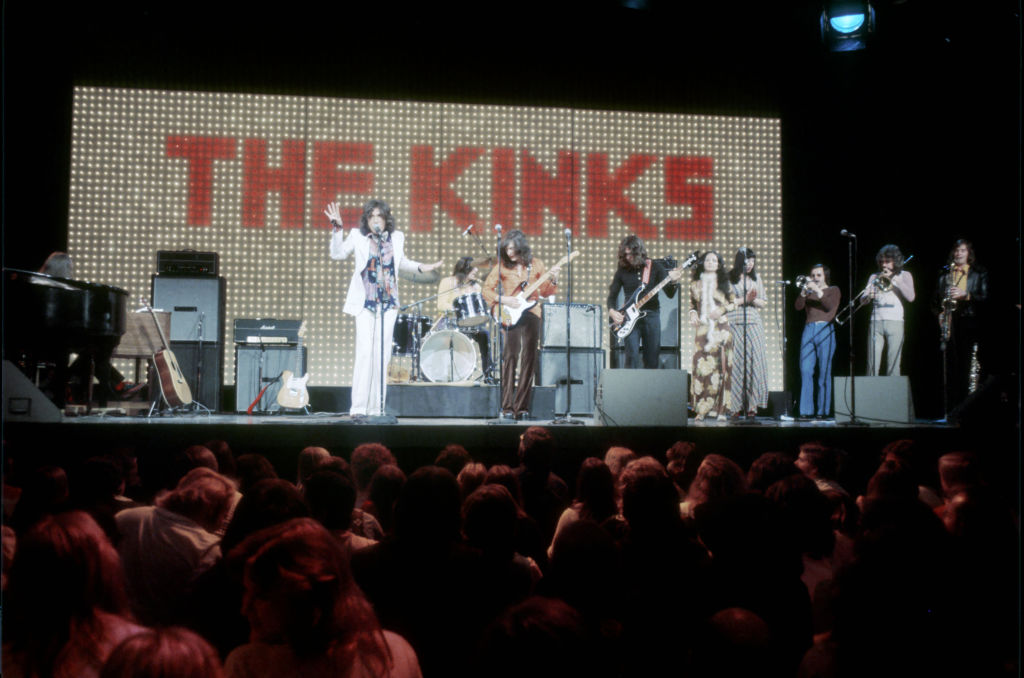
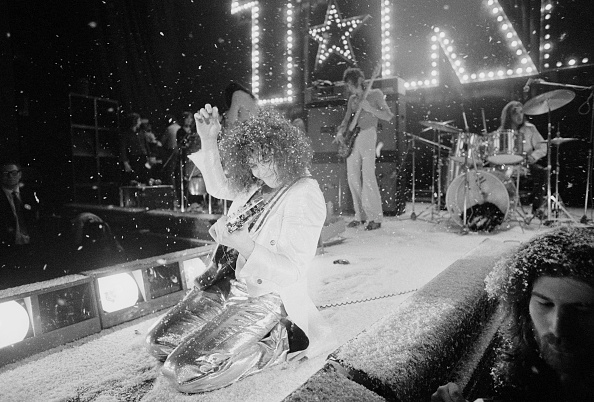
Stepping in for The Kinks were equally iconic T.Rex who had landed their first hit single Ride a White Swan that year. This is their only Glasto performance.
Frontman Marc Bolan has gone on to become known as a pioneer of the glam rock genre but at the time was working on their self-titled debut album.
Also on the lineup was Quintessence, Duster Bennett, Steamhammer, Sam Apple Pie, and a variety of local bands.
The Glastonbury site also names Keith Christmas, Stackridge, and Al Stewart as notable performers although they do not appear on the lineup poster.
Manchester-based artist Wayne Fontana, who is best known for his 1965 hit A Groovy Kind Of Love, was also down to play but pulled out before the festival.
The Kinks would return to the main stage (now known as the Pyramid) in 1993, taking a late Saturday slot before Lenny Kravitz closed.
Did festivalgoers really get free milk at the first Glastonbury?
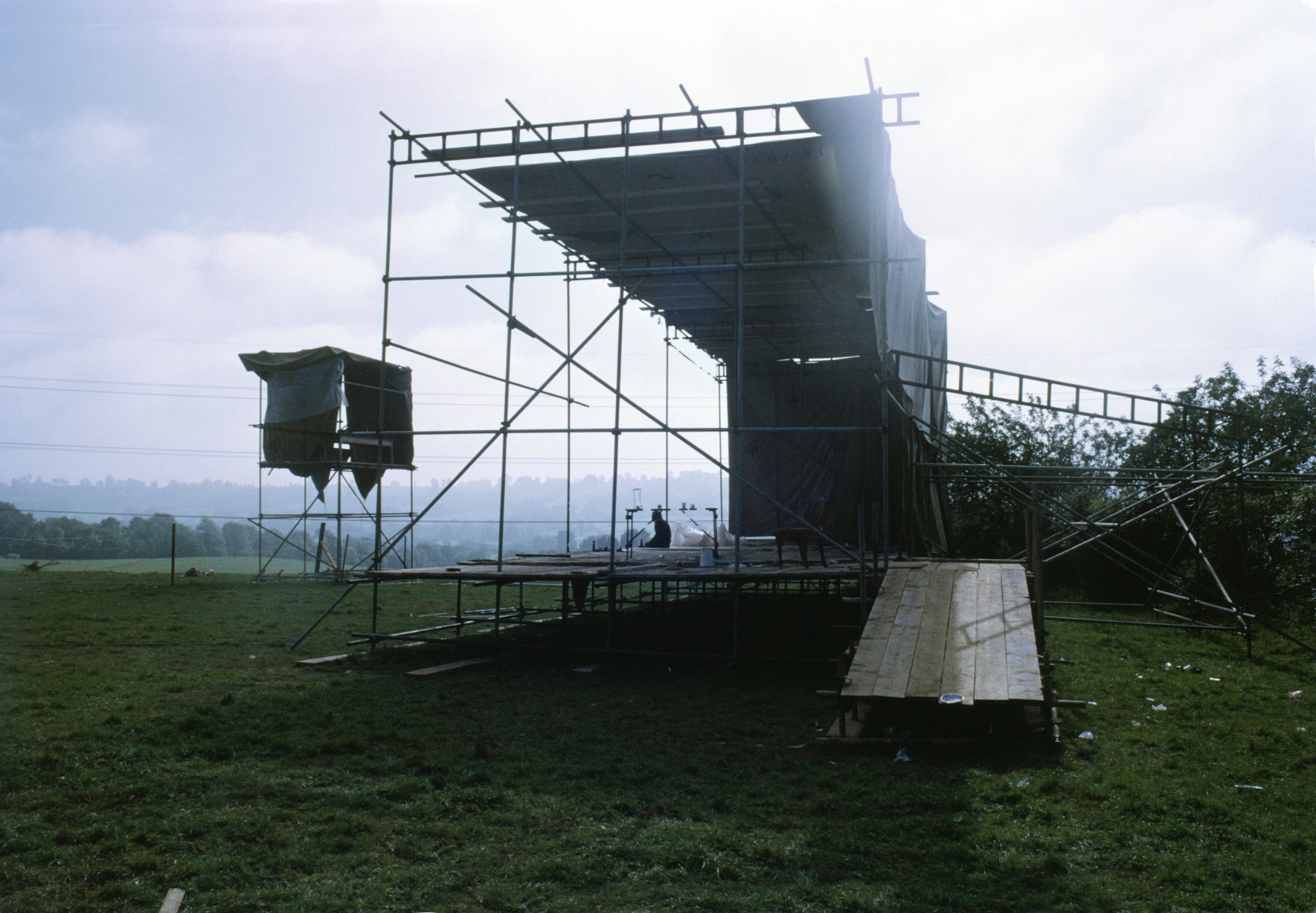
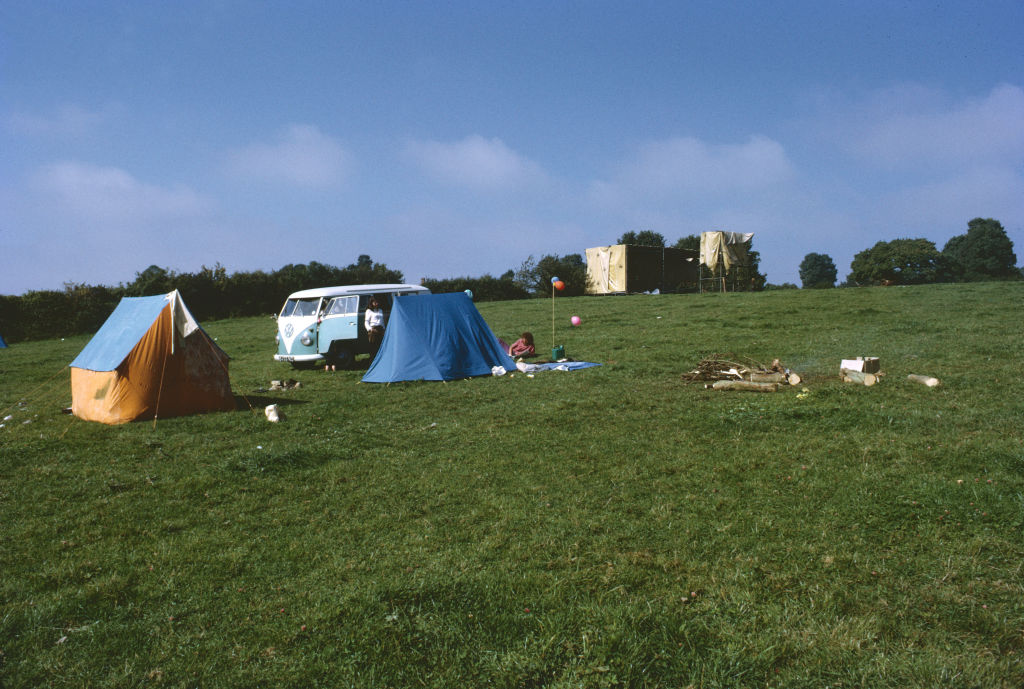
In an effort to entice people in, the Eavis family offered patrons free milk during their stay, fresh from their own dairy farm.
Also advertised was an ‘Ox roast’, with all food and — we’re not surprised free food and drink has not remained part of the festival.
Campers were also promised ‘sheltered fields’, reassuring as the weather reportedly started off ‘foggy’ and ‘damp’.
Thankfully, the clouds had moved on by Saturday afternoon and by Sunday it was positively roasting on Worthy Farm.
While Glastonbury 2024 has no promises of free milk or an ox roast, festival-goers can at least hope for a hint of that 1970s weather.




















